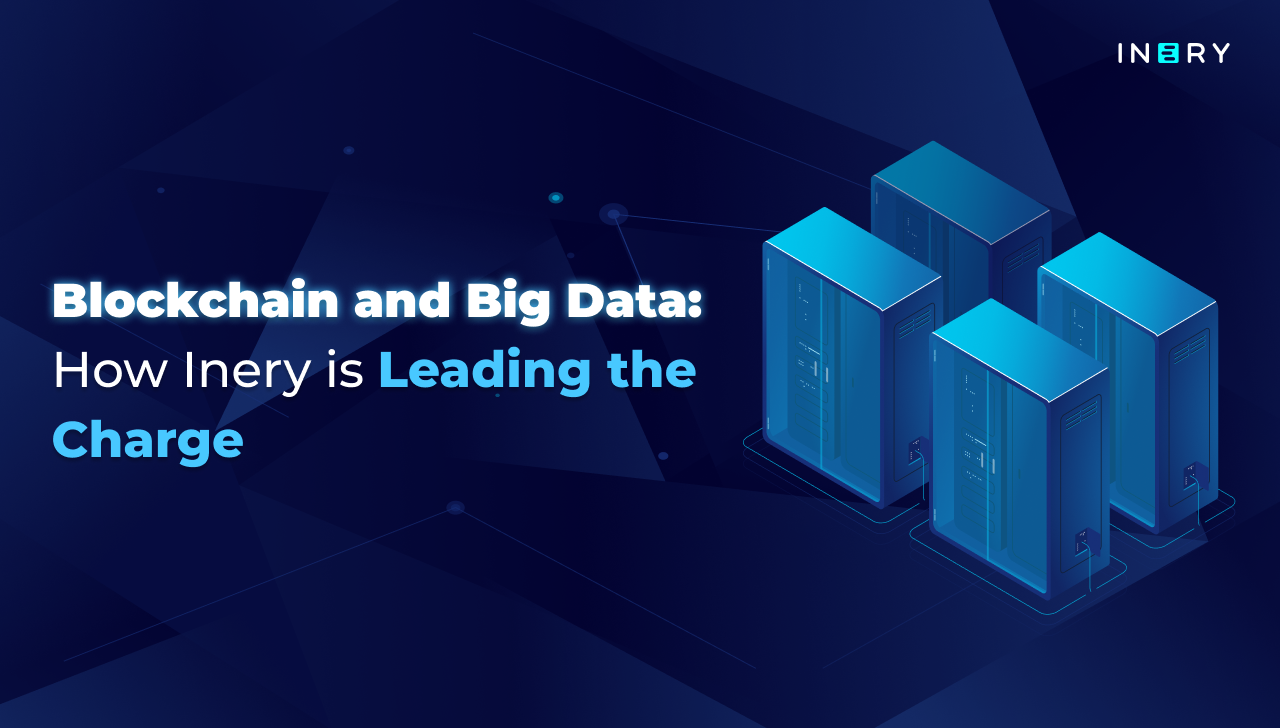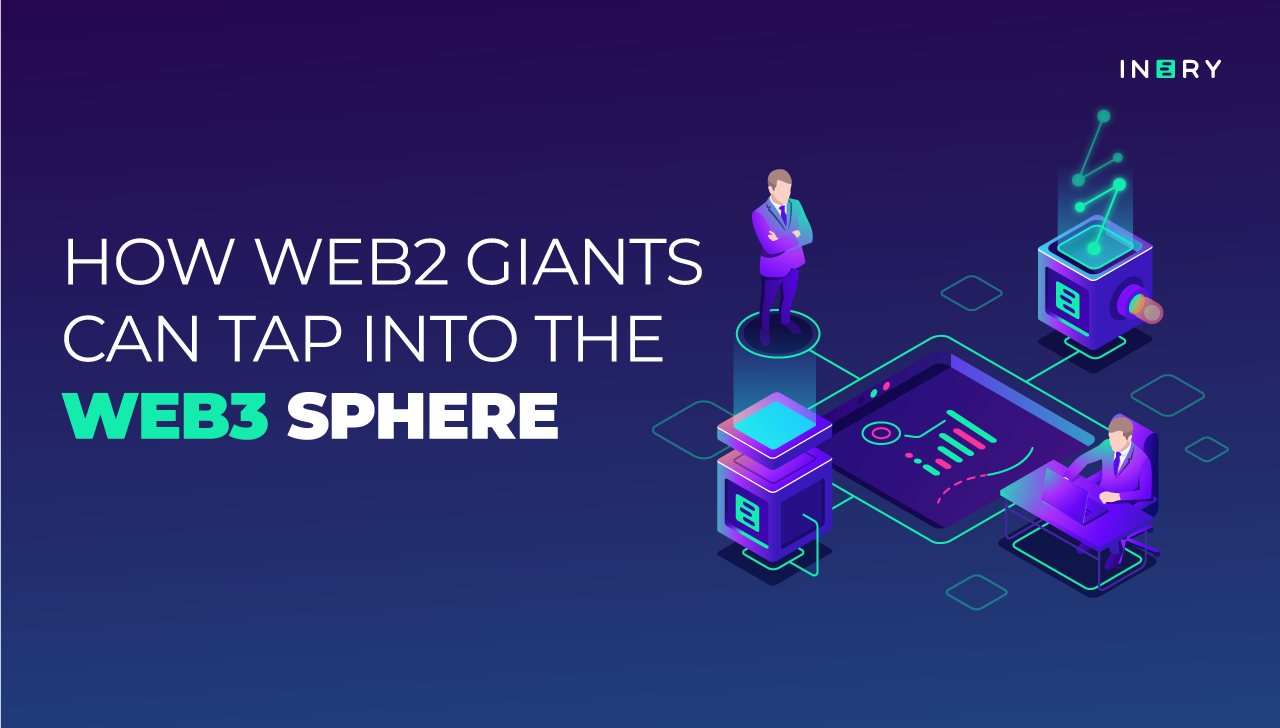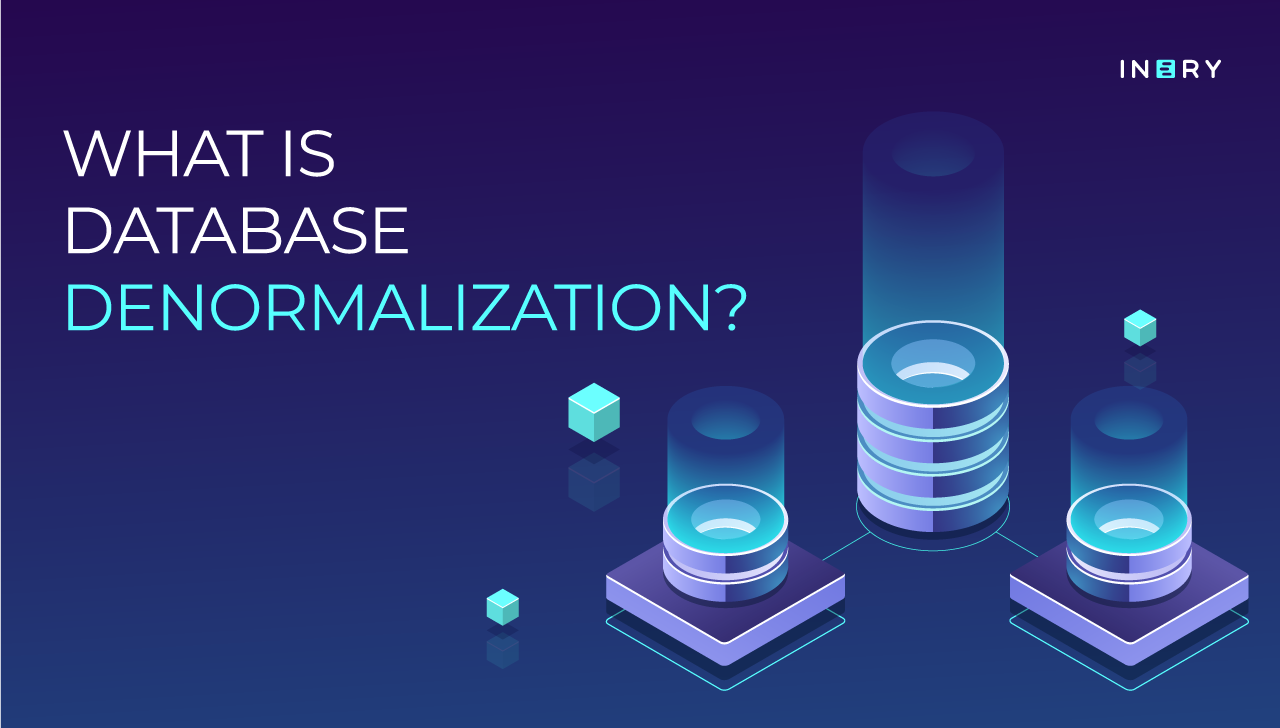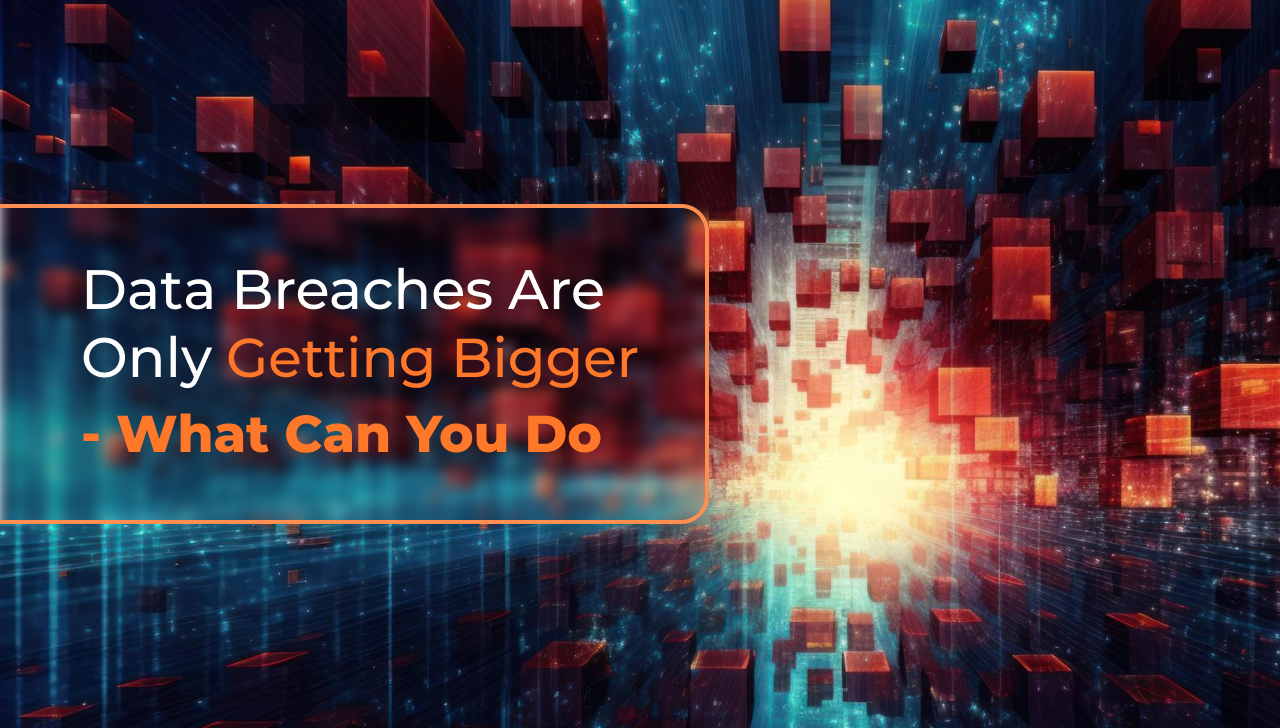Remote work, though often perceived as a modern phenomenon, has roots that trace back several decades. The concept began gaining traction in the 1970s and 1980s when advancements in telecommunications allowed some employees to work from home. However, it wasn't until the advent of the internet and personal computers in the 1990s that remote work became more feasible and widespread.
The significant shift towards remote work occurred during the COVID-19 pandemic. With global lockdowns and social distancing measures in place, businesses were forced to adapt quickly, transitioning their workforce to remote settings almost overnight. This period marked an unprecedented rise in remote work, highlighting its potential benefits and challenges.
The Transition to Hybrid Work
As the immediate threat of the pandemic subsided, many organizations began to reassess their work models. The result was a shift towards hybrid work environments, blending remote and in-office work to create a more flexible and adaptable workforce. Some companies abandoned their physical offices entirely, while others maintained a hybrid approach to balance flexibility and in-person collaboration.
Despite these shifts, a significant number of firms still advocate for a return to the office. Reasons range from the financial implications of unused office spaces to concerns about productivity and team cohesion in remote settings. This ongoing debate underscores the need for resilient data security measures, regardless of the chosen work model.
Risks Associated with Remote Work
The rapid transition to remote work exposed numerous vulnerabilities in data security. Without the controlled environment of an office, employees often rely on personal devices and unsecured networks, increasing the risk of cyberattacks. The human factor, including lack of awareness and poor cybersecurity practices, further exacerbates these risks.
Several notable instances of data breaches and security issues have underscored the urgent need for improved security measures in remote work settings. One prominent example is the Zoom Bombing incidents in 2020. As Zoom rapidly became the go-to platform for virtual meetings during the pandemic, it also drew the attention of cybercriminals.
Uninvited participants managed to infiltrate meetings, disrupting sessions and exposing significant vulnerabilities in Zoom's security settings. This highlighted the need for better safeguards to protect virtual communication platforms from unauthorized access.
During the pandemic, scammers exploited the widespread use of Zoom by creating fake Zoom domains and sending phishing emails that appeared to be legitimate. These emails often included messages about account suspension or missed meetings, luring recipients to click on malicious links that downloaded malware or harvested login credentials. Notably, a phishing scam targeted an Australian hedge fund, resulting in a loss of approximately $6.5 million.
Another critical incident was the Twitter Hack of 2020. In this high-profile breach, the accounts of several prominent figures were compromised. The hackers exploited the conditions of remote work and used social engineering tactics to gain access to internal Twitter systems. This event illustrated how the shift to remote work created new opportunities for cybercriminals to exploit, leveraging weaknesses in both technology and human behavior.
Additionally, the Verizon Data Breach Investigations Report of 2021 revealed a significant rise in phishing attacks and ransomware incidents, many of which specifically targeted remote workers. The report highlighted that the rapid shift to remote work environments had outpaced the implementation of necessary security measures, leaving many organizations vulnerable to cyberattacks. These incidents collectively emphasize the critical need for enhanced security protocols and measures to protect data in remote and hybrid work settings.
Combating Data Security Issues
Given that remote and hybrid work environments are likely to persist, organizations must implement reliable and impenetrable strategies to safeguard their data. Key measures include:
-
Enhanced Cybersecurity Training: Educating employees about phishing, social engineering, and secure practices is crucial to mitigating human error.
-
Secure Access Controls: Implementing multi-factor authentication and virtual private networks (VPNs) can help secure access to sensitive information.
-
Regular Security Audits: Conducting frequent security assessments ensures that vulnerabilities are identified and addressed promptly.
-
Adopting Advanced Technologies: Leveraging decentralized database management systems can significantly enhance data security.
How Inery Can Help
One innovative solution to address these security challenges is Inery’s decentralized database management system. Inery employs blockchain technology to provide a resilient and secure framework for managing data. Here’s how Inery enhances data security in remote and hybrid work environments:
-
Decentralized Storage: Inery uses a decentralized approach to data storage, spreading information across multiple nodes rather than relying on a single central server. This distribution makes it significantly more difficult for cybercriminals to target and compromise data, as there is no single point of failure.
-
Encryption and Integrity: All data managed through Inery is encrypted, ensuring that even if unauthorized access occurs, the data remains unintelligible without the proper decryption keys. This encryption protects sensitive information from being exposed in the event of a breach.
-
Immutable Ledger: The blockchain technology underpinning Inery provides an immutable ledger of all transactions and changes made to the data. This feature ensures data integrity and transparency, allowing for precise tracking of who accessed or modified information and when it occurred.
-
Enhanced Access Controls: Inery enables advanced access control mechanisms, allowing organizations to set granular permissions for data access. This capability ensures that only authorized personnel can access specific information, reducing the risk of internal breaches.
-
Scalability and Flexibility: Inery's system is designed to scale with the needs of an organization, providing the flexibility to adapt to changing work environments. Whether an organization is fully remote, hybrid, or transitioning between models, Inery can accommodate its data security needs.
By integrating Inery into their data management strategies, organizations can significantly bolster their defenses against cyber threats, ensuring the safety and integrity of their data in an increasingly remote and hybrid work landscape.
Conclusion
The evolution of work environments necessitates a reevaluation of data security strategies. As remote and hybrid work models continue to shape the future of business operations, implementing comprehensive security measures is imperative. Solutions like Inery offer innovative approaches to safeguarding data, ensuring that organizations can thrive in an ever-changing landscape while maintaining resilient security standards.
By staying proactive and informed, companies can navigate the complexities of data security in remote and hybrid work environments, protecting their assets and maintaining trust in an increasingly digital world.

Inery•
1 year ago
Blockchain and Big Data: How Inery is Leading the Charge
Learn how Inery leverages blockchain and big data to set new standards in secure, decentralized data management. ...READ MORE

Share

Inery•
2 years ago
How Web2 Giants Can Tap Into the Web3 Sphere
The greats of Web2 are primed to reach into the Web3 market. What are the best technologies for them to leverage? See our ideas here. ...READ MORE

Share

Inery•
2 years ago
What Is Database Denormalization? Guide + Tips
Denormalization can skyrocket query performance, but only if applied correctly. Click here to learn everything you need to know. ...READ MORE

Share

Inery•
2 years ago
Inery’s Roadmap Update: What The Future Holds For Inery
It's time for a roadmap update! Our team has been working hard, and we’re excited to announce Inery's latest progress and plans for the upcoming year. ...READ MORE
-1674646602.png)
Share
Most popular today

-1721906313.png)

